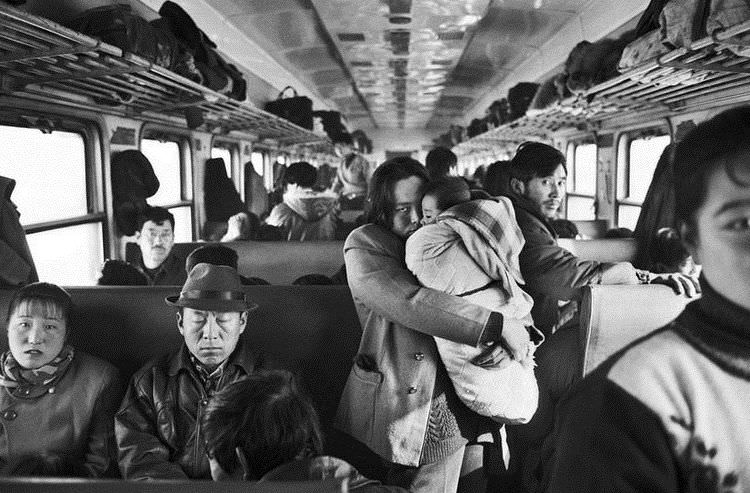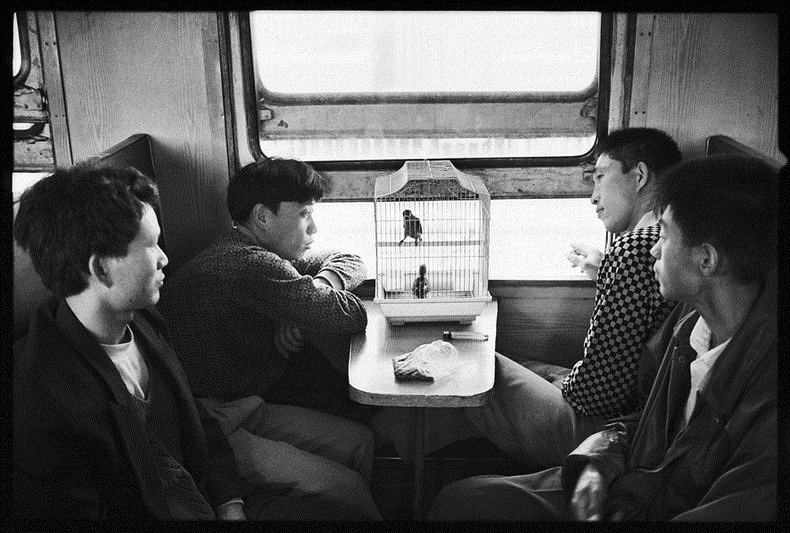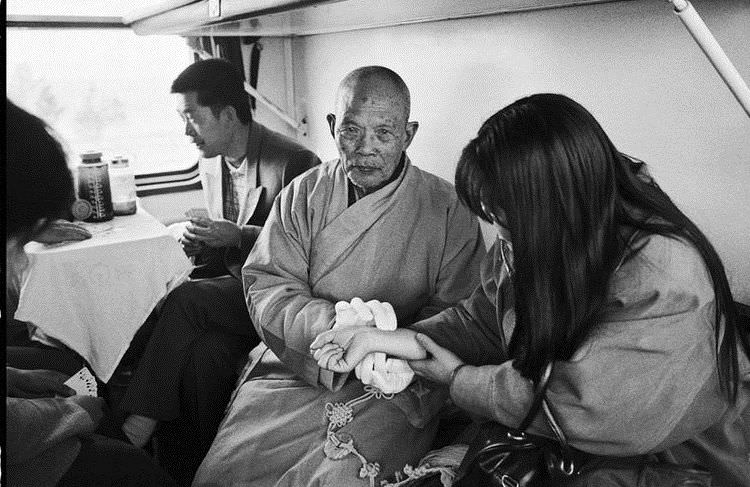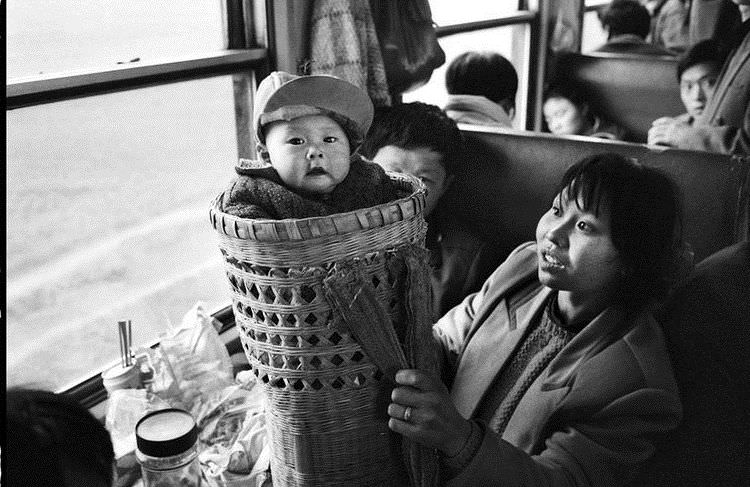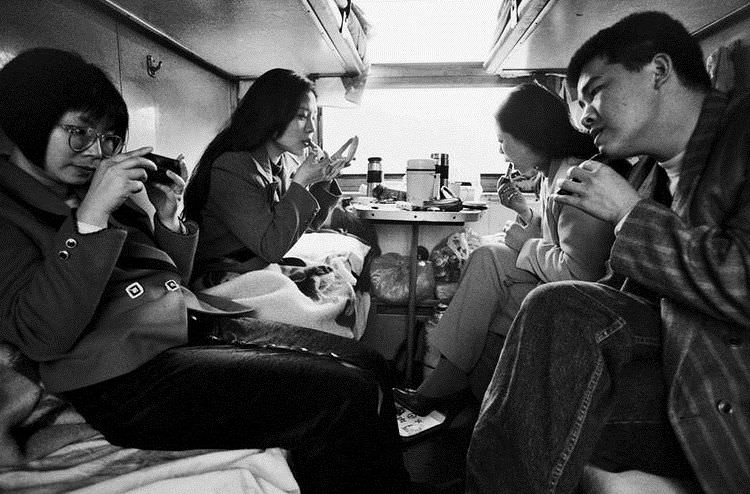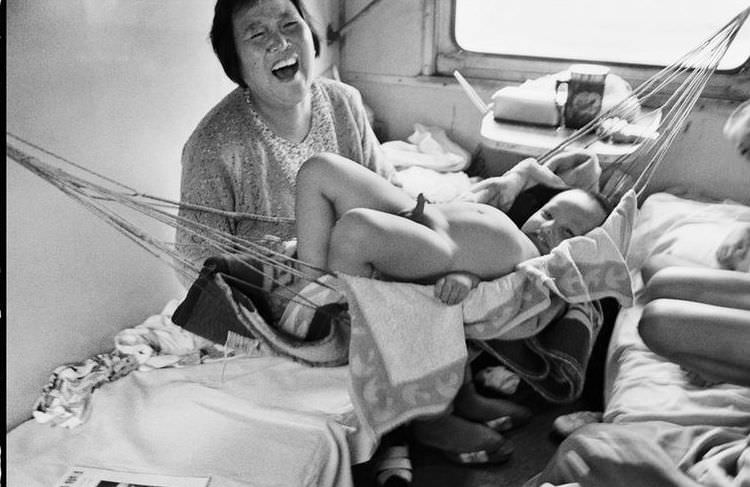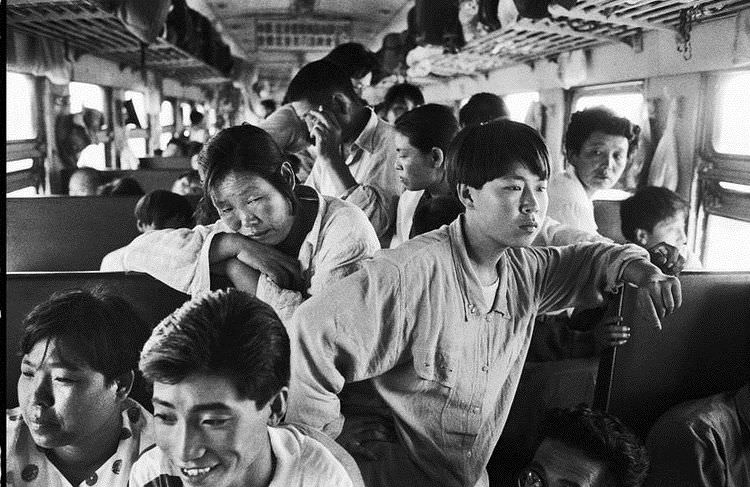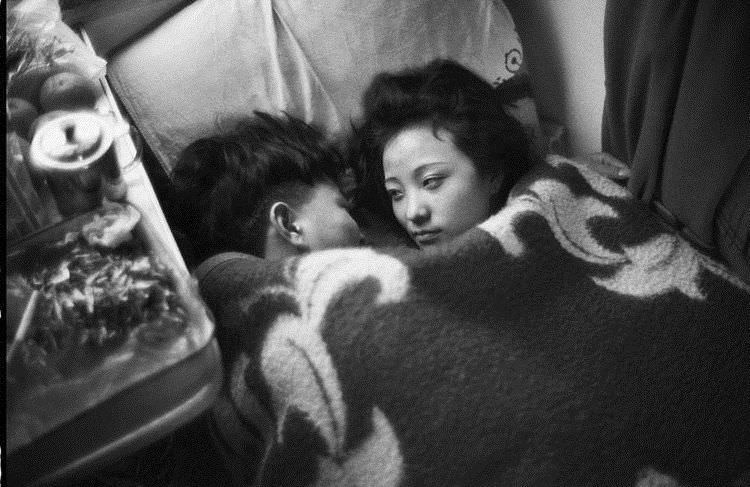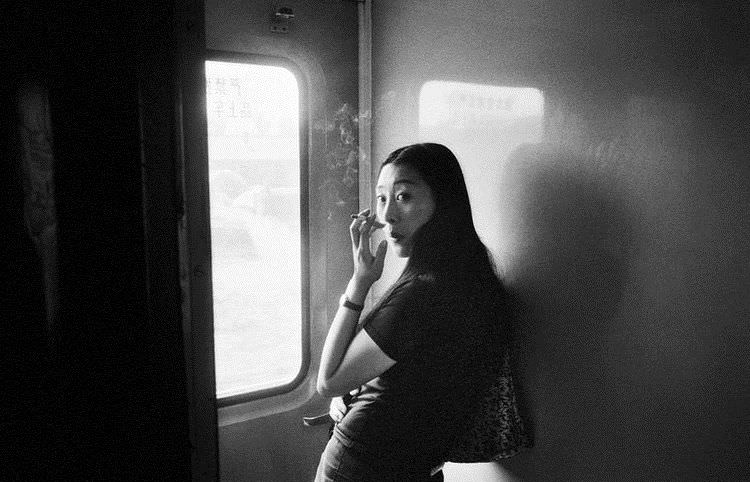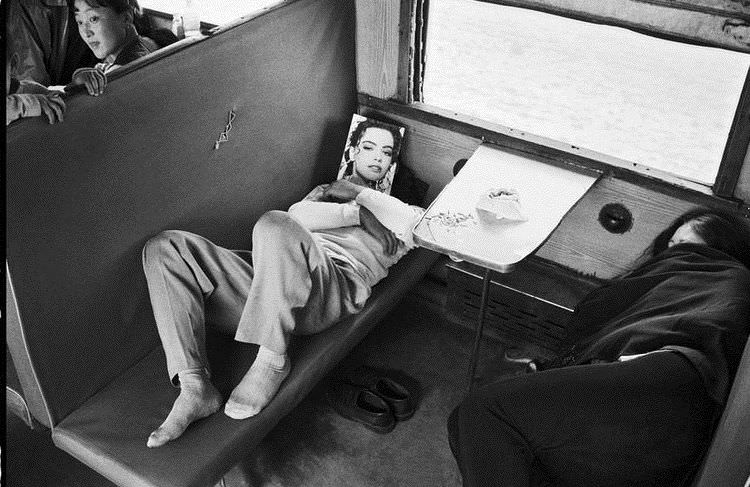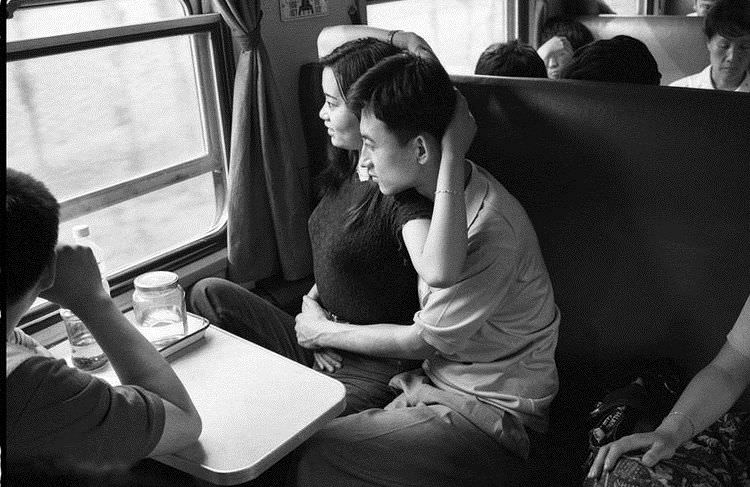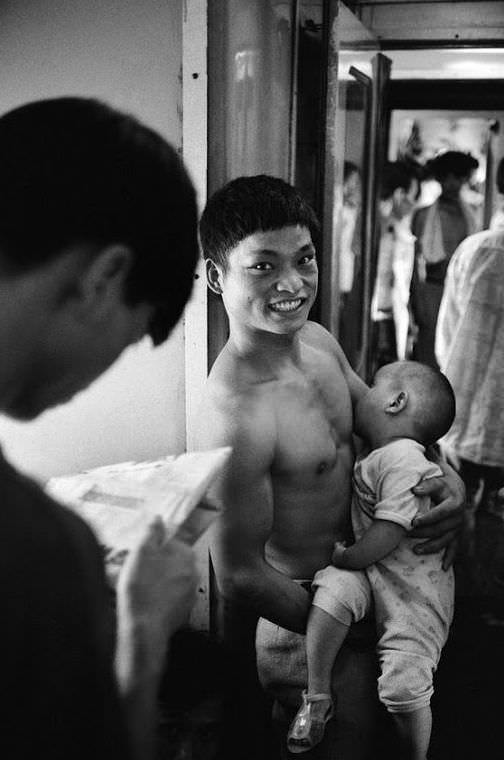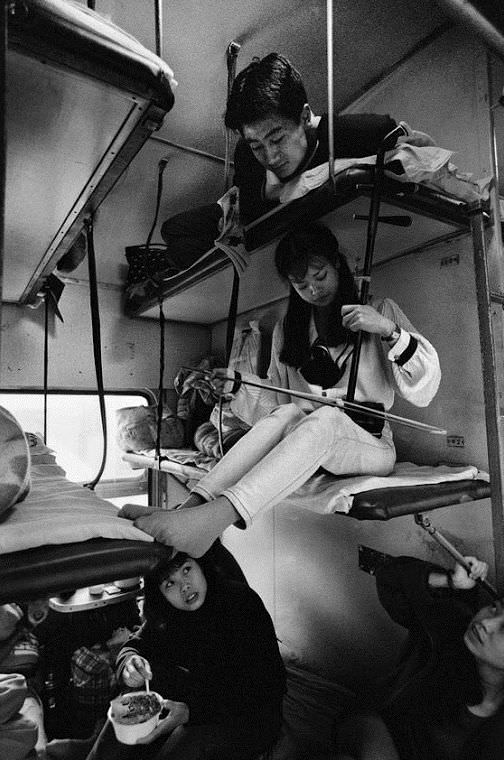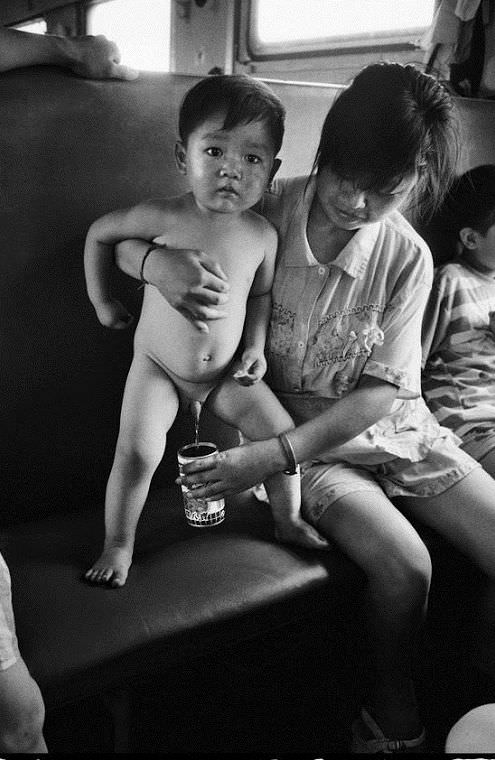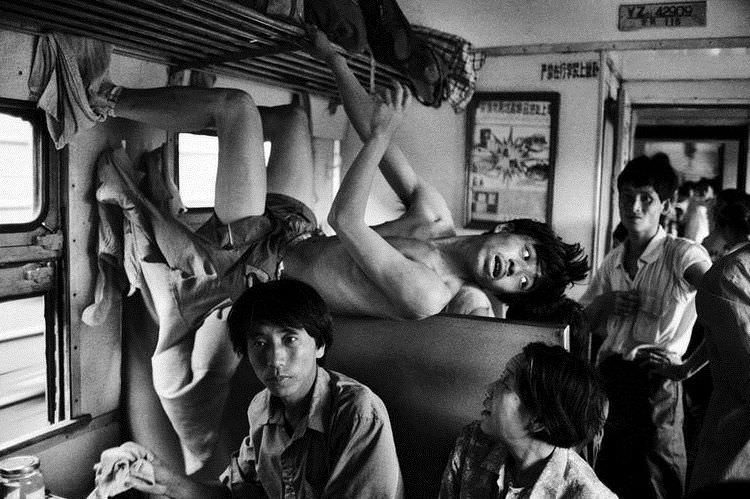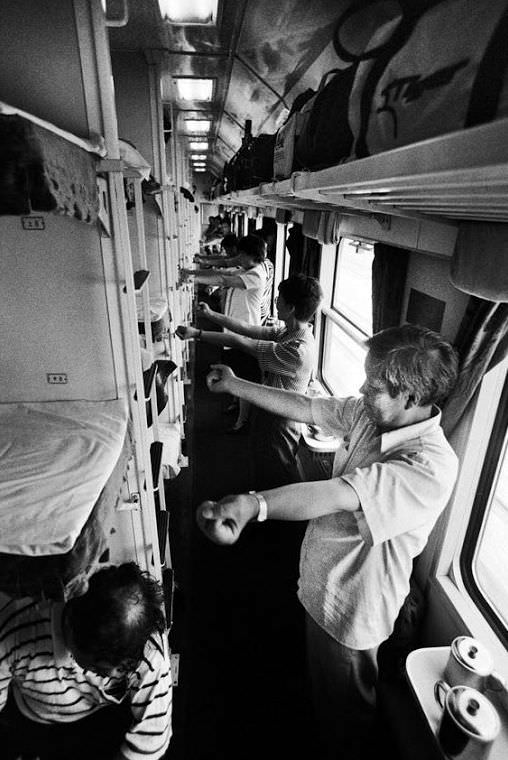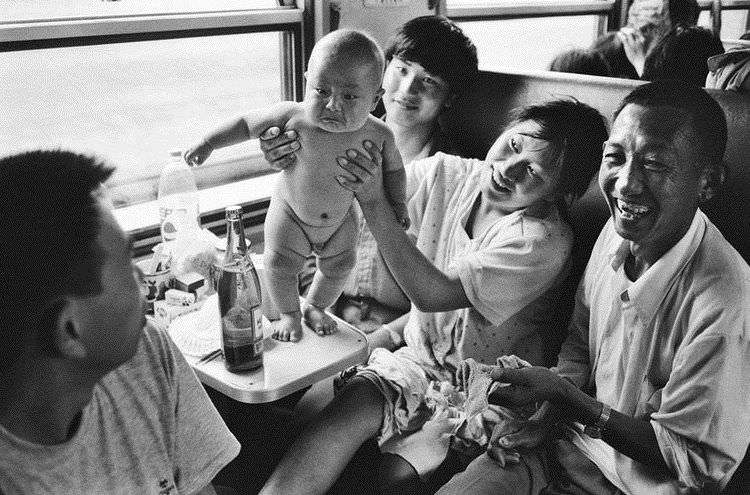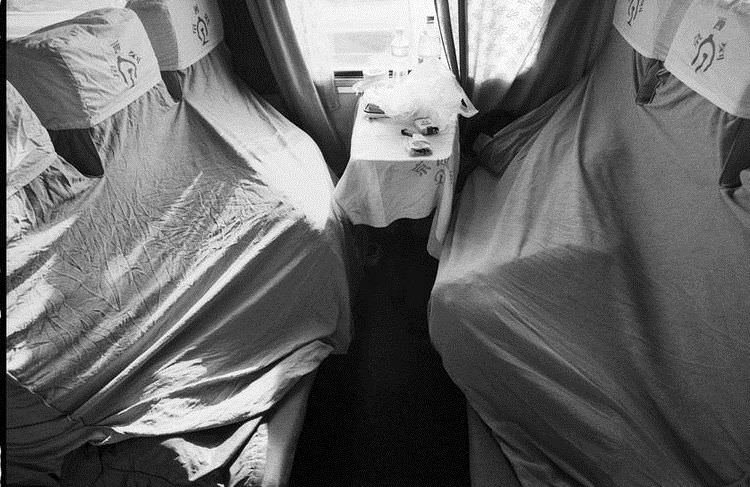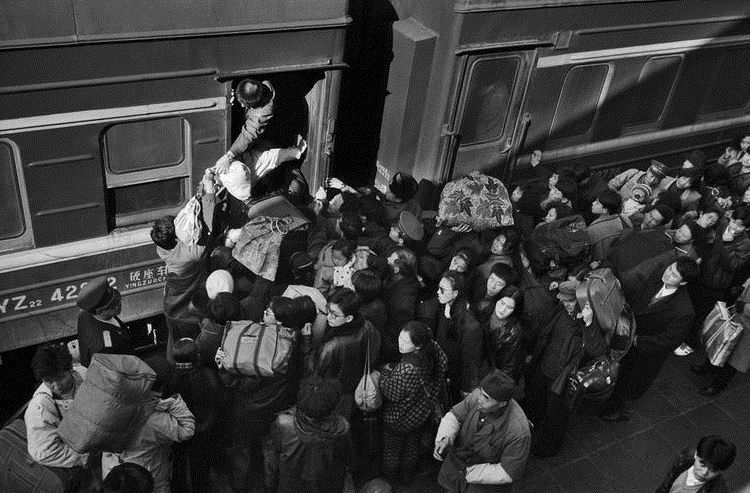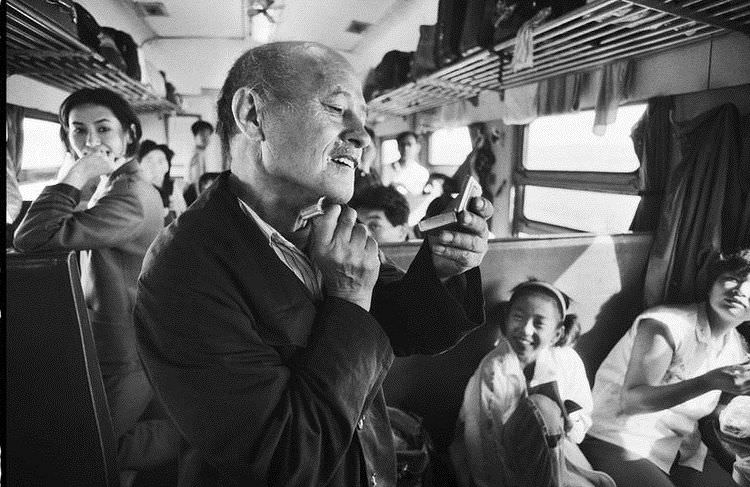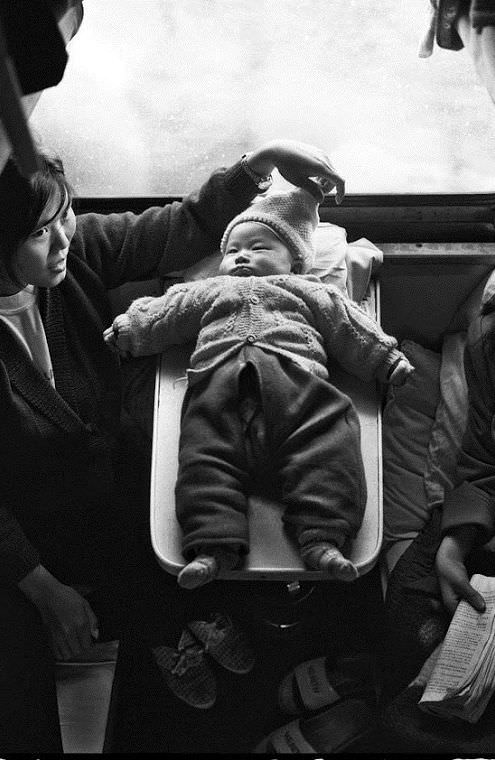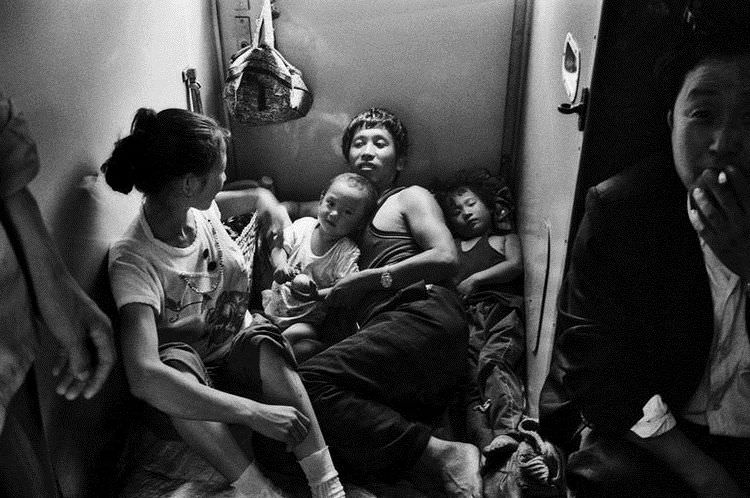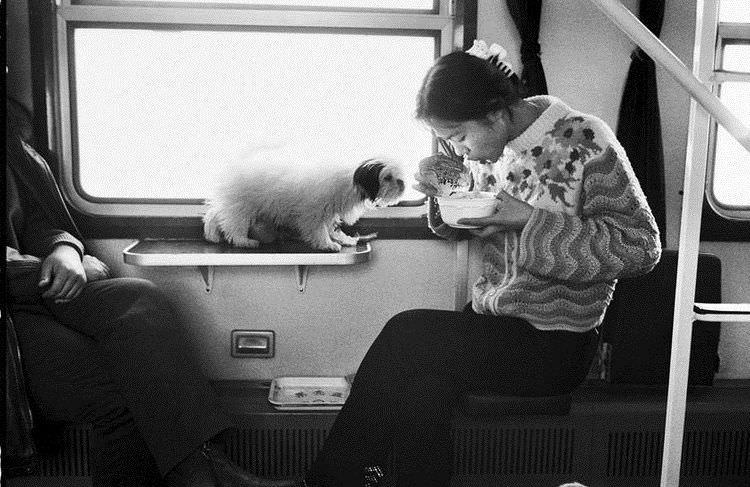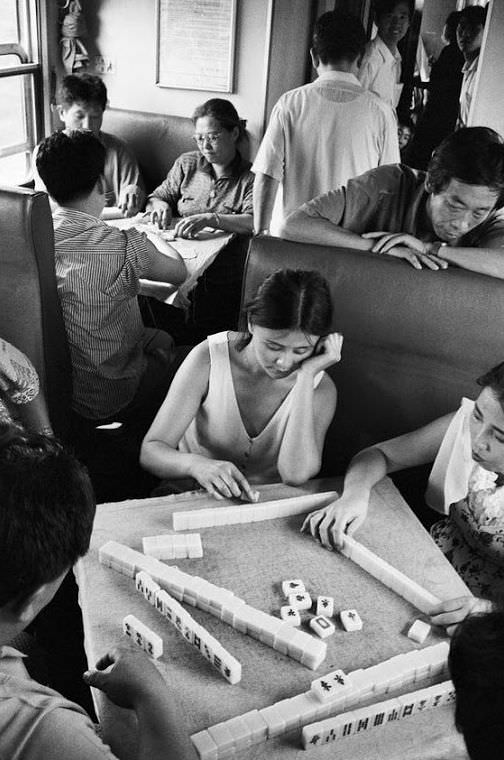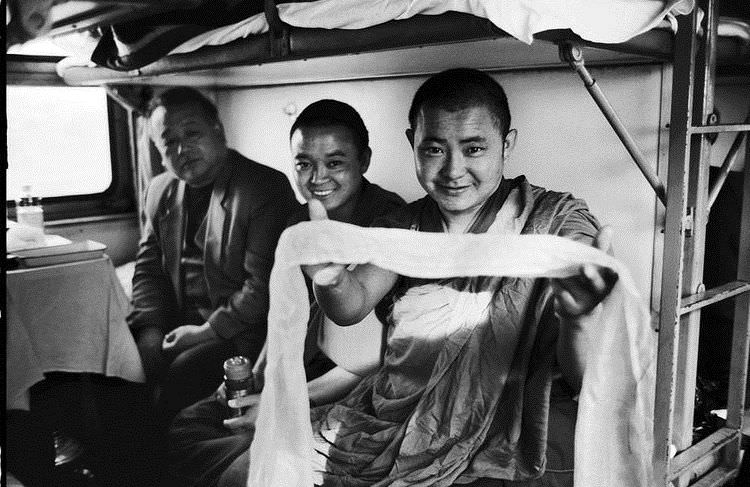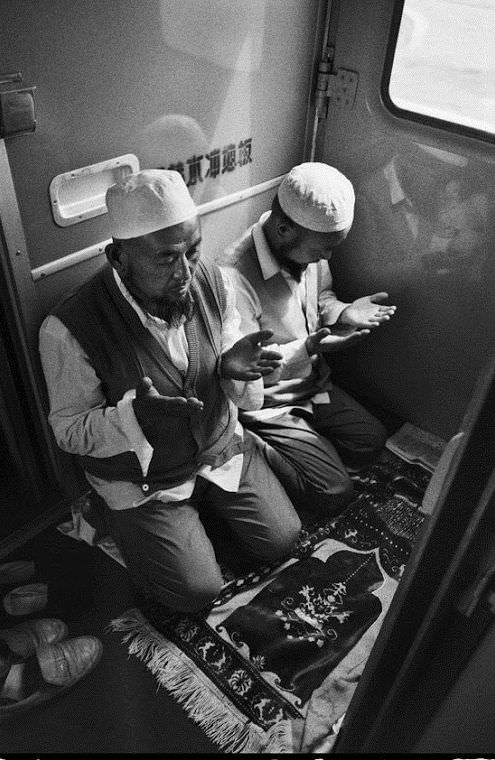Photographs offer powerful glimpses into the past. A series of pictures taken by Beijing-based photographer Wang Fuchun captures the unique world of train travel in China during the 1970s. Wang brought a special perspective to this work, as he was not just a photographer but also a railway employee himself during that time.
Wang Fuchun’s close relationship with trains began several decades ago. Following in the footsteps of his older brother who worked in rail, Wang also joined the railway system in 1970 after completing his military service. He had a strong interest in art and photography, and during the 1970s, taking pictures became part of his job responsibilities within the railway company. This gave him a unique opportunity to observe and document life on the move from an insider’s viewpoint.
Read more
During the 1970s, trains served as a primary means for ordinary people in China to travel long distances across the country. It was a period before the widespread economic reforms that began later in the decade and into the 1980s. Train travel was essential, but conditions were often basic compared to later standards. Carriages could be very crowded, especially during peak travel times. Journeys frequently stretched over many hours or even days. Steam locomotives were still commonly used to pull passenger trains during this era, working alongside diesel engines on the expanding rail network.
Wang Fuchun’s photographs from this decade vividly portray the experiences of passengers navigating this system. His images capture the atmosphere inside the train cars –crowded spaces where people from various backgrounds shared close quarters for extended periods. Viewers can see passengers finding ways to pass the time: sleeping upright in seats or curled in sleeper berths, sharing meals brought from home or bought onboard, reading books and newspapers, engaging in conversation with seatmates, or simply looking out at the landscapes rolling by. The photos document families traveling together, workers migrating for jobs, soldiers moving between posts, and students heading to or from school. Details in the images, like clothing styles (perhaps including the common Mao suits of the era) and the types of luggage people carried, reflect the specific time period.


